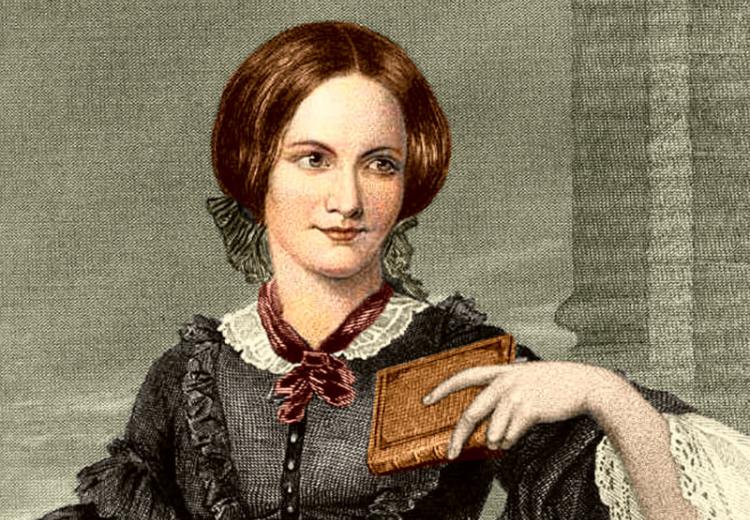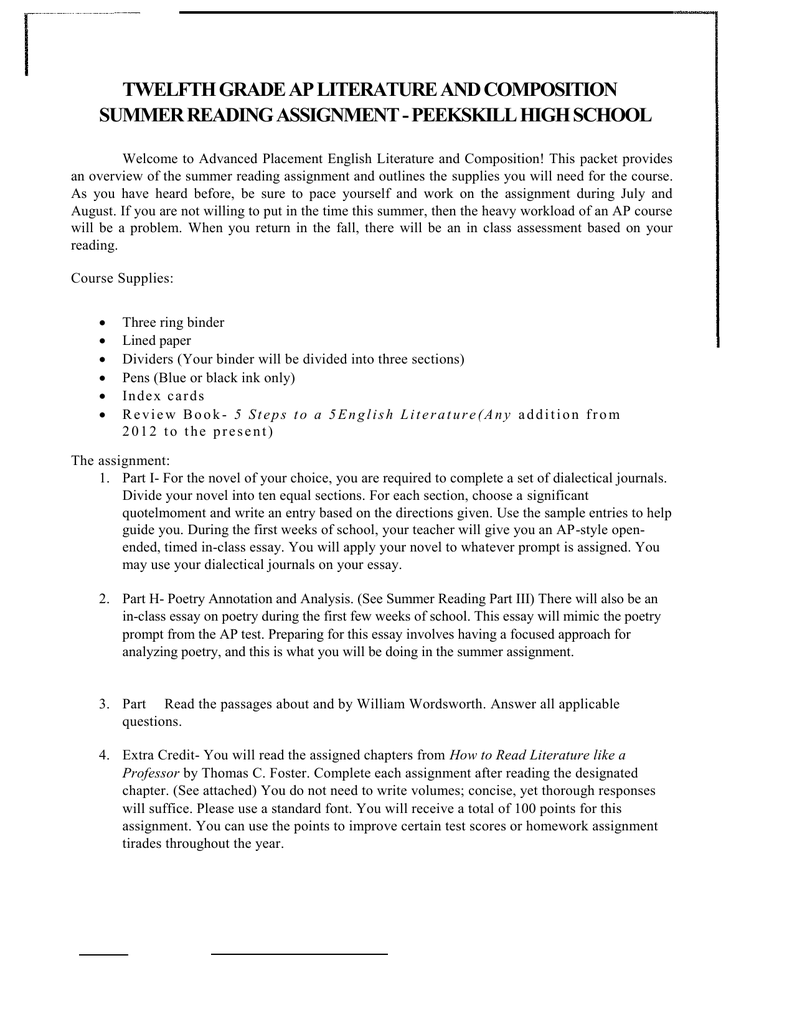Study Guide Jane Eyre Chapter Question Answers

Start studying Jane eyre chapters 21-38. Learn vocabulary, terms, and more with flashcards, games, and other study tools. Short Answer Study Guide Questions for 'Jane Eyre' 78 terms. Short Answer Study Guide Questions for 'Jane Eyre' 78 terms. Practice Questions for Jane Eyre.
In what waysis Jane Eyre influenced by the tradition of the Gothic novel? Whatdo the Gothic elements contribute to the novel?
The Gothic tradition utilizes elements suchas supernatural encounters, remote locations, complicated familyhistories, ancient manor houses, dark secrets, and mysteries tocreate an atmosphere of suspense and terror, and the plot of JaneEyre includes most of these elements. Lowood, Moor House,and Thornfield are all remote locations, and Thornfield, like Gateshead,is also an ancient manor house. Both Rochester and Jane possesscomplicated family histories—Rochester’s hidden wife, Bertha, isthe dark secret at the novel’s core. The exposure of Bertha is oneof the most important moments in the novel, and the mystery surroundingher is the main source of the novel’s suspense.
Stayconnected on Hindishows.com! Dance plus 4 ful episodesonline. It features free latest andpast video content from Colors TV, Channel V,Zee TV, Star Plus TV, Life OK, Doordarshan, FoodFood TV, Kids TV, Lifestyle TV, MTV India, SAB TV,Sahara One, Sony TV, UFO, UTV Bindass, Yoga.Video content genre ranges from Comedy, Horror,Crime, Realty, Dance, Mythology, Cartoon, Cookery,Beauty care, Health, Yoga to Bollywood shows,Bollywood news, Songs and shows. .Hindishows.com is a one-stop online destinationfor TV Serials and Shows from leading IndianEntertainment Television.
Other Gothic occurrences include: Jane’s encounter withthe ghost of her late Uncle Reed in the red-room; the moment ofsupernatural communication between Jane and Rochester when she hearshis voice calling her across the misty heath from miles and milesaway; and Jane’s mistaking Rochester’s dog, Pilot, for a “Gytrash,”a spirit of North England that manifests itself as a horse or dog.
Although Brontë’s use of Gothic elements heightens herreader’s interest and adds to the emotional and philosophical tensionsof the book, most of the seemingly supernatural occurrences areactually explained as the story progresses. It seems that many ofthe Gothic elements serve to anticipate and elevate the importanceof the plot’s turning points.
What dothe names mean in Jane Eyre? Some names to consider include: JaneEyre, Gateshead, Lowood, Thornfield, Reed, Rivers, Miss Temple,and Ferndean.
Of course, there are many possible ways toaddress this question. The following answer includes only a fewof the ways the names in Jane Eyre can be interpreted.
This collection lists the BEST Arma 3 coop missions which are stable and enjoyable to play. All included missions have been properly tested, definitely finished by either Comrades in Arms (www.ciahome.net) or other smaller / bigger co-op focused group. Players number ranging from 2 to 20+. Best arma 3 coop missionen. Searching for the best cooperative ARMA 3 vanilla missions. Welcome and please join my quest of finding the best COOP ARMA 3 missions. You can also join me in gaming session if you are into this kind of stuff. I don't have a set schedule. Add me on STEAM and send me a message, if i'm online playing i'll give you a reply and details about how you can join. Usually a bunch of good guys playing proper coop. Similar to how Half Life players play Svencoop if you know that game (wish someone would port Black Mesa to ARMA 3 engine!). Once you have played a few rounds, your team may opt to do their own versions on other maps or mod the existing PBO. Steam Workshop: Arma 3. This is a regularly updated, curated collection of the best Arma3 Missions I or other members of the Delta14 Arma Steam Group have played and enjoyed. Only missions that have been played to completion.
The name “Jane Eyre” elicits many associations. The contrast betweenJane’s first name—with its traditional association with “plainness”—andthe names of the novel’s well-born women (Blanche, Eliza, Georgiana,Diana, Rosamond) highlights Jane’s lack of status, but it also emphasizesher lack of pretense. Jane’s last name has many possible interpretations,none of which mutually excludes the other. “Eyre” is an archaicspelling for “air,” and throughout the book, Jane is linked to thespiritual or ethereal as she drifts, windlike, from one locationto the next. In French, “aire” refers to a bird’s nesting place,among other things. Jane is compared to a bird repeatedly throughoutthe novel, and she often uses her imagination as a “nesting-place”of sorts, a private realm where she can feel secure. In medievaltimes, “eyre” also signified circuit-traveling judges. Perhaps Jane’sname is meant to bring attention to her role as a careful evaluatorof all that she sees, and to the importance that she attaches tojustice. “Eyre” also sounds like “heir,” and its other homophone—“err”—couldcertainly be interpreted to be meaningful, especially to feministand religious critics who take issue with Jane’s actions!
Place names also seem to be symbolic. Jane’sstory begins at “Gateshead.” From there, she movesto the bosky darkness and spiritual abyss of “Lowood.”At Thornfield, she must fight her way through the stings of manyemotional and psychological thorns (or, as many critics argue, wear“a crown of thorns” like Jesus Christ). Jane first tastes true freedomof movement in the open spaces surrounding Moor House, while Ferndeanis the home where her love can grow fertile. Thus in Chapter 37 Rochestersays to Jane, “I am no better than the old lightning-struck chestnut-treein Thornfield orchard. . . . And what right would that ruin haveto bid a budding woodbine cover its decay with freshness?” Jane replies,“You are no ruin, sir—no lightning-struck tree: you are green andvigorous. Plants will grow about your roots, whether you ask them ornot, because they take delight in your bountiful shadow; and asthey grow they will lean towards you, and wind round you, becauseyour strength offers them so safe a prop.”

Published in 1847, Jane Eyre brought almost instant fame to its obscure author, the daughter of a clergyman in a small mill town in northern England. On the surface, the novel embodies stock situations of the Gothic novel genre such as mystery, horror, and the classic medieval castle setting; many of the incidents border on (and cross over into) melodrama. The story of the young heroine is also in many ways conventional—the rise of a poor orphan girl against overwhelming odds, whose love and determination eventually redeem a tormented hero. Yet if this all there were to Jane Eyre, the novel would soon have been forgotten. In writing Jane Eyre, Charlotte Brontë did not write a mere romantic potboiler. Her book has serious things to say about a number of important subjects: the relations between men and women, women's equality, the treatment of children and of women, religious faith and religious hypocrisy (and the difference between the two), the realization of selfhood, and the nature of true love. But again, if its concerns were only topical, it would not have outlived the time in which it was written. The book is not a tract any more than it is a potboiler. It is a work of fiction with memorable characters and vivid scenes, written in a compelling prose style. In appealing to both the head and the heart, Jane Eyre triumphs over its flaws and remains a classic of nineteenth-century English literature and one of the most popular of all English novels.